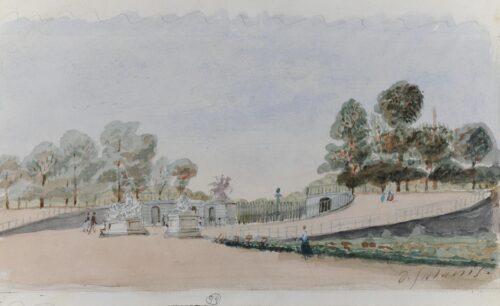
Galanis Dimitrios (1879 - 1966)
A View of Tuilleries, 1900 - 1910
At a very early age he manifested an interest in music, mathematics and drawing and in adolescence began to publish caricatures in newspapers and magazines. After two years of study at the Civil Engineering School of the National Technical School (1897-1899) and having taken drawing lessons from Nikephoros Lytras (1899), he settled in Paris in 1900, where he remained for most of his life, travelling now and then to various countries and on occasion returning to Greece. Until 1902 he studied at the School of Fine Arts in Paris under Fernand Cormon, while from 1901 to 1912 he worked on many well-known humor magazines such as Frou-Frou, Le Rire, Le Sourire, and L’Assiette au Beurre publishing caricatures and drawings.
His systematic interest in engraving must have first expressed itself during a trip to Germany (1907-1909) and in 1918 he began to illustrate books, an activity which covered an important part of his creative activity and includes more than one hundred books, albums, diaries and art books. In 1930 he stopped painting and devoted himself almost exclusively to engraving. Having acquired French nationality, he taught at the Andre Lhote Academy (1925- 1928), gave lessons at his studio to Greek artists who were studying in Paris (1930-1937), and taught at the School of Fine Arts (1945-1952). In 1945 he was elected a member of the French Academy and in 1950 a corresponding member of the Athens Academy.
Exceptionally active in the exhibition world, both in France and other countries, his first solo show was held in Paris in 1922, and Andre Malraux wrote the preface to the catalogue. He also took part in Parisian Salons, while from 1920 to 1926 he held joint exhibitions with many of the most important artists of the period, such as Picasso, Matisse, Braque, Chagall and his close friend, Derain. In 1991 his work was presented in a retrospective exhibition at the Museum of Modern Art – Vasilis and Eliza Goulandris Foundation on Andros.
Dimitris Galanis was one of the most important engravers of the first half of the 20th century in Europe and the forerunner of modern Greek engraving, influencing his fellow artists both through his work and his teaching. Exceptionally skilled in all the techniques, he was the revitalizer of traditional methods of engraving. His work, which includes a variety of subjects — mythological and idyllic scenes, landscapes, nudes and still lifes – reveals influences from Cezanne in the beginning and the cubist and Fauvist movements, while later he acquired his own personal style, based on the principles of the classical tradition.

A View of Tuilleries, 1900 - 1910
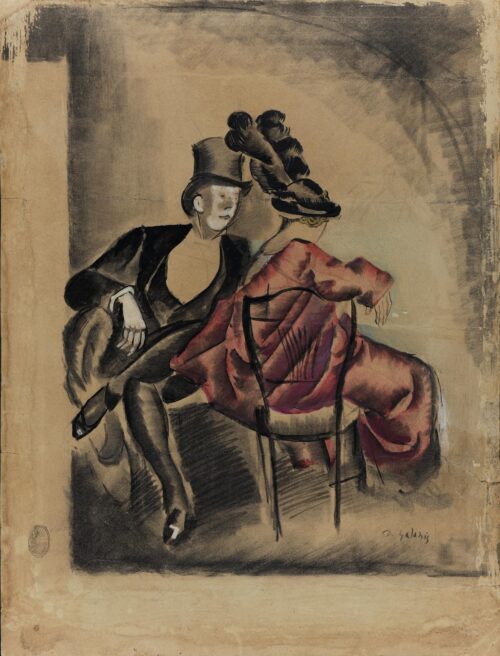
Couple, 1900 - 1905
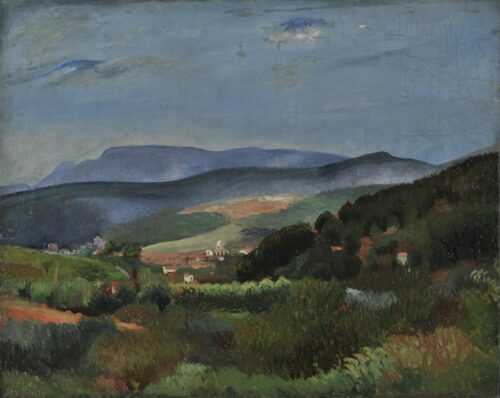
Landscape in Provence, 1923 - 1925
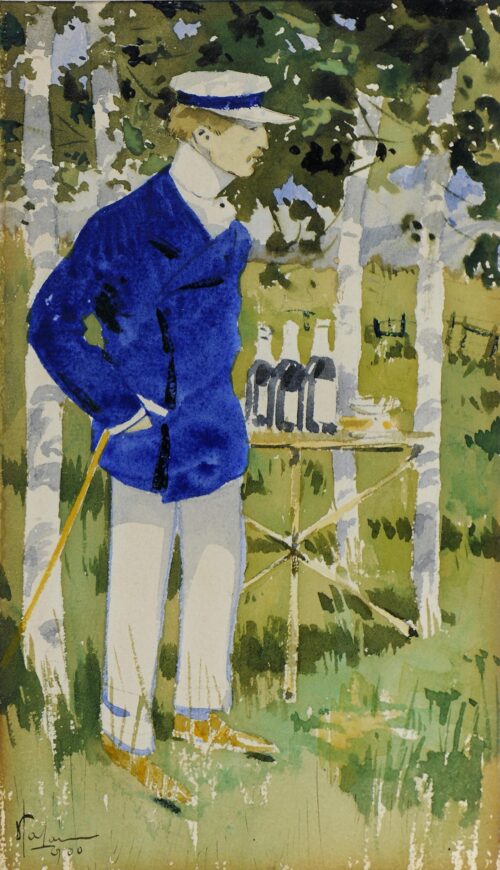
Portrait of A. Corwith, 1900
Self-portrait, 1924
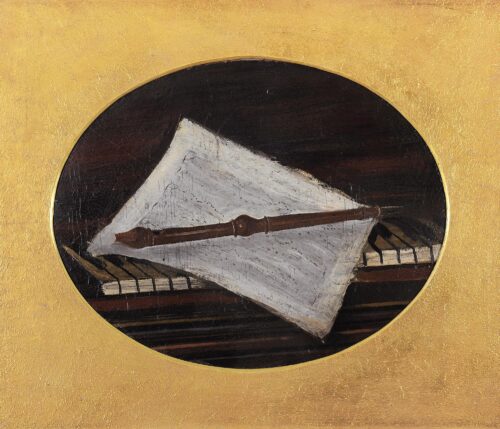
Still Life with Flute, 1925 - 1935
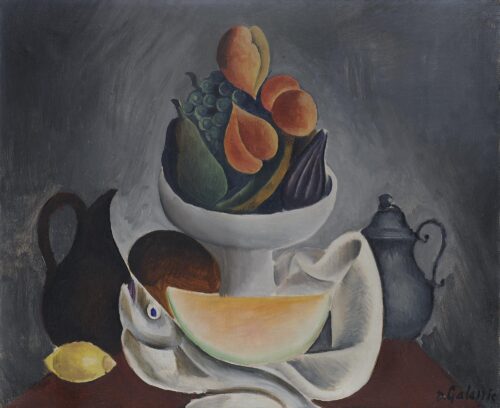
Visual Paths, 1919
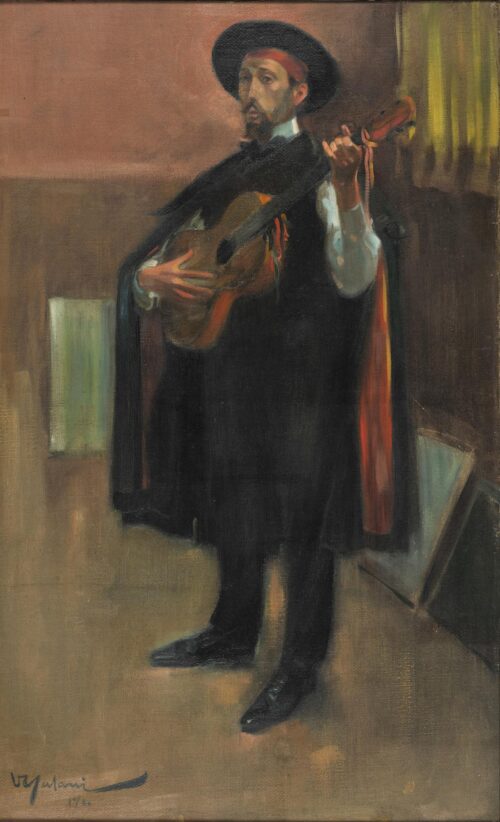
Young Guitarist, 1900
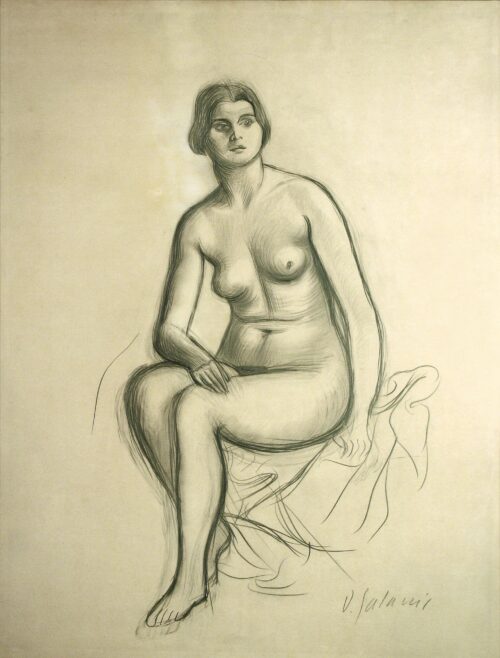
Female Nude
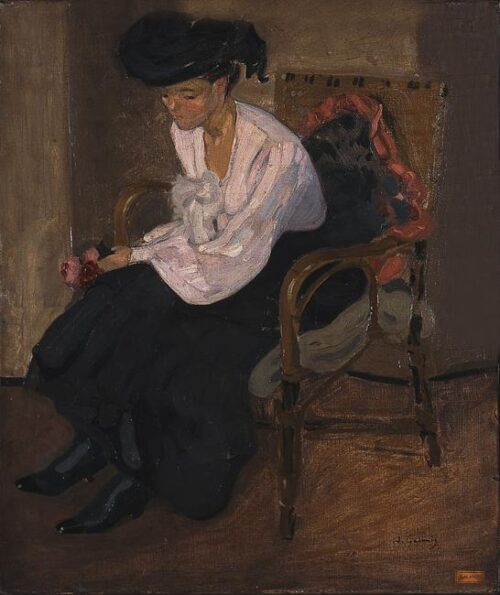
Portrait of the Artist’s Wife Funny, 1905 - 1910
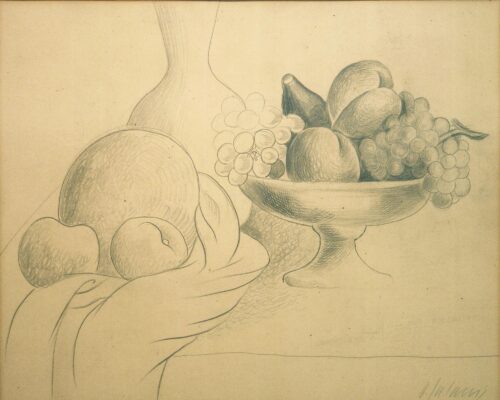
Still Life
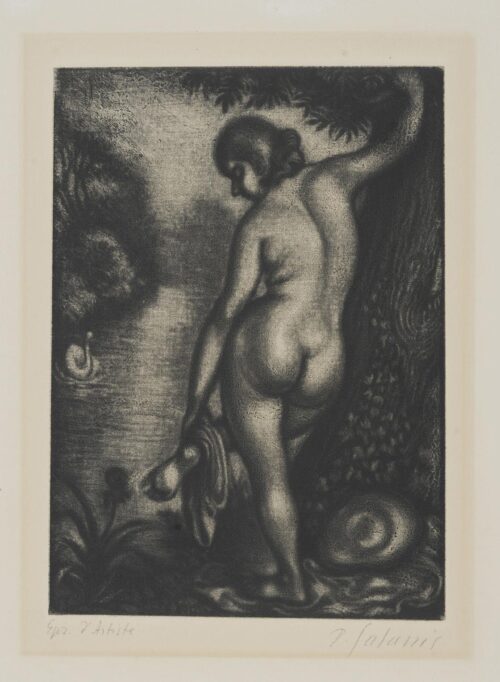
Leda, 1948
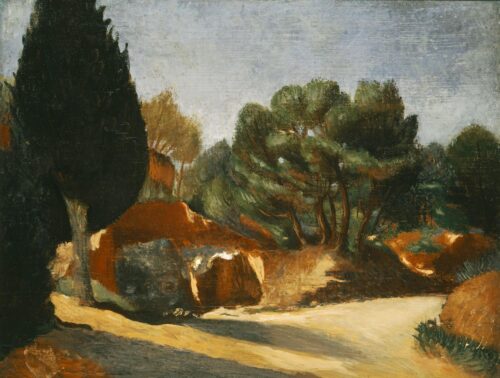
Landscape with Pines
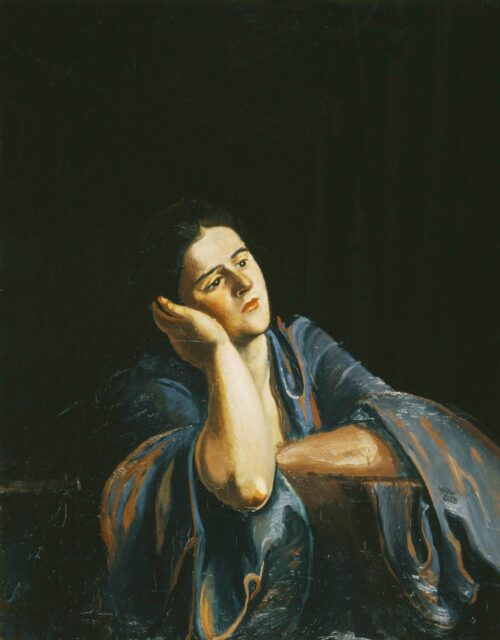
Woman Leaning on her Elbow, before 1935
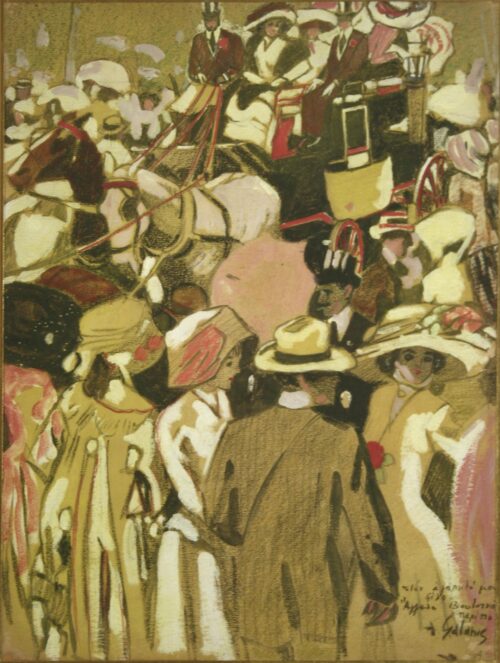
The Courses at Longchamps, 1900
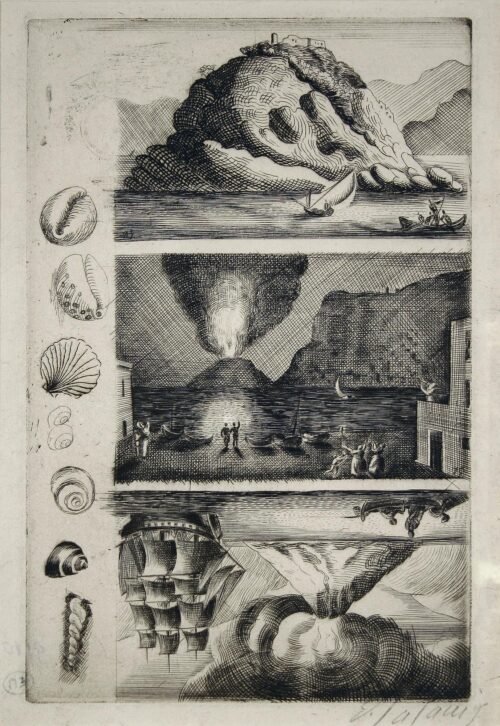
The Volcano
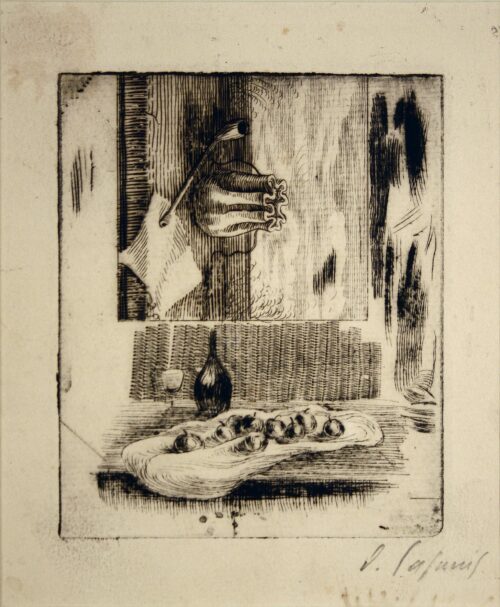
Still Lives
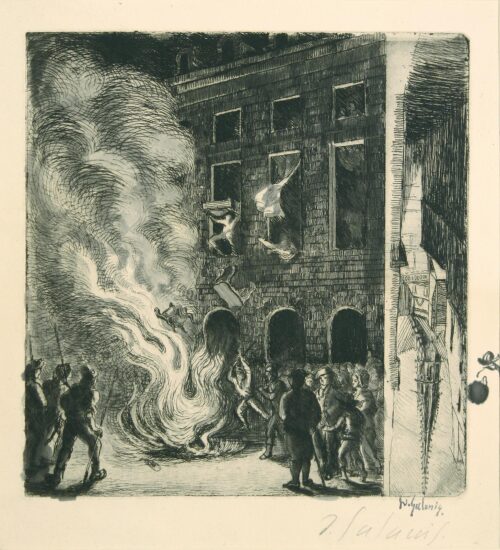
Fire
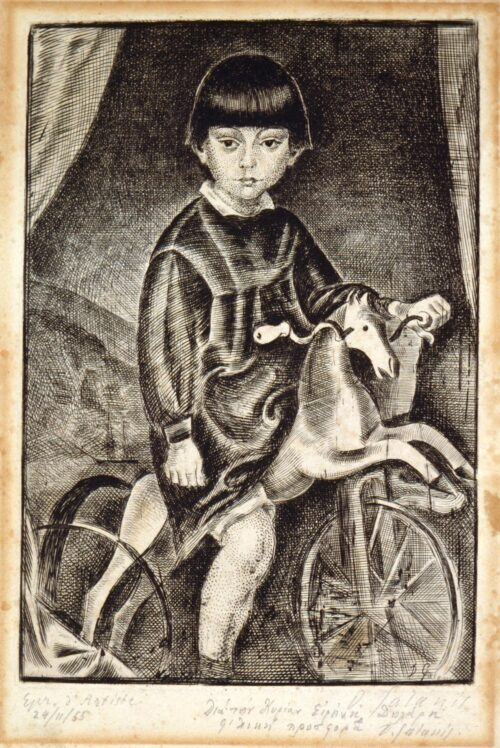
The Boy with a Hobbyhorse, 1955
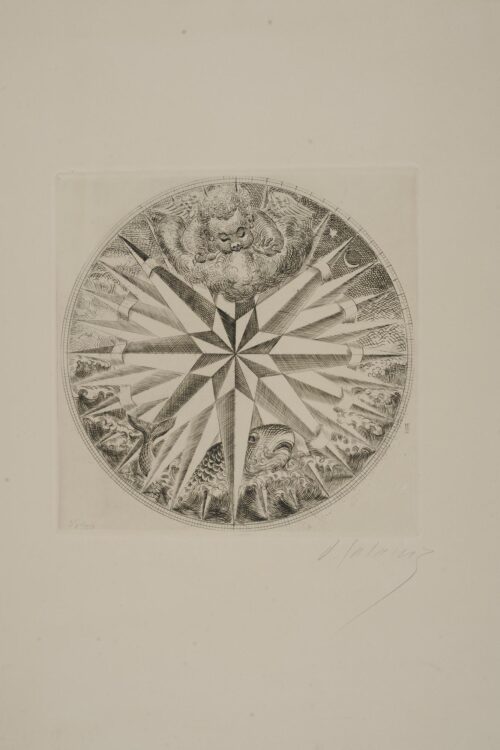
Compass
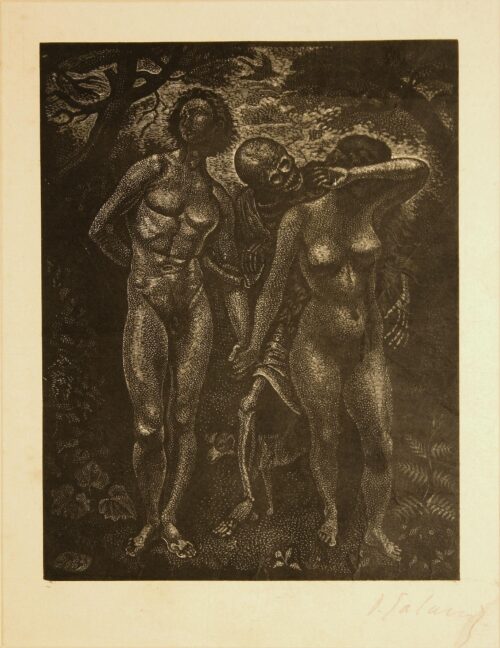
Adam and Eve, 1931
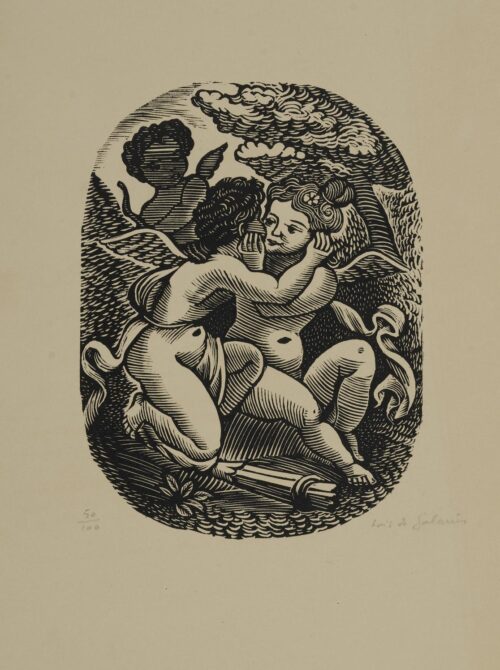
Cupids
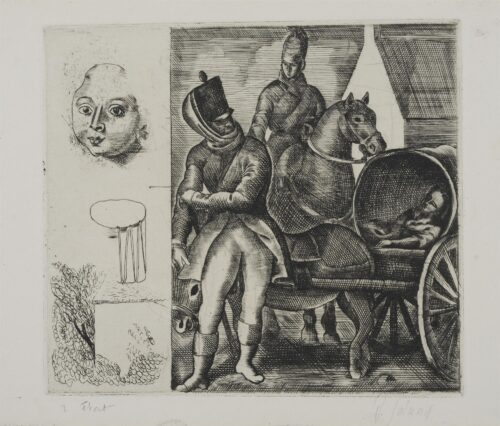
Soldier and Carriage
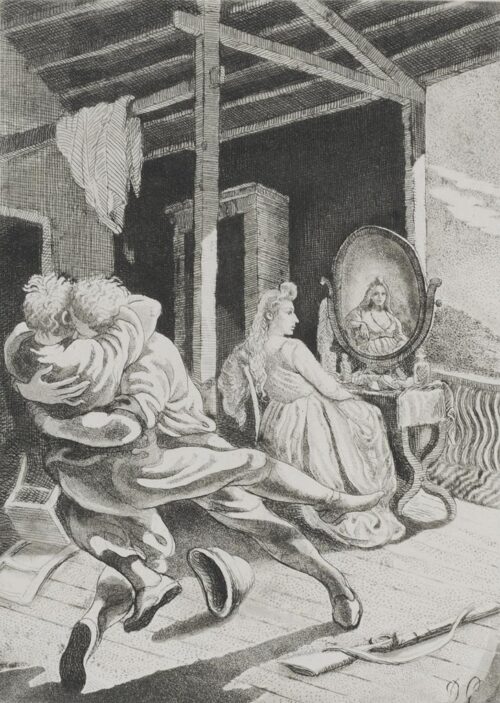
Carmen, 1945

We use cookies to make our site work properly, to personalize content and ads, to provide social media features and to analyze our traffic. We also share information about how you use our site with our social media, advertising and analytics partners. Read the Cookies Policy.
These cookies are necessary for the website to function and cannot be switched off in our systems. They are usually only set in response to actions made by you which amount to a request for services, such as setting your privacy preferences, logging in or filling in forms. You can set your browser to block or alert you about these cookies, but some parts of the site will not then work. These cookies do not store any personally identifiable information.
If you disable this cookie, we will not be able to save your preferences. This means that every time you visit this website you will need to enable or disable cookies again.
These cookies tell us about how you use the site and they help us to make it better. For example these cookies count the number of visitors to our website and see how visitors move around when they are using it. This helps us to improve the way our site works, for example, by ensuring that users find what they are looking for easily. Our website uses Google Analytics for statistics reporting.
Please enable Strictly Necessary Cookies first so that we can save your preferences!